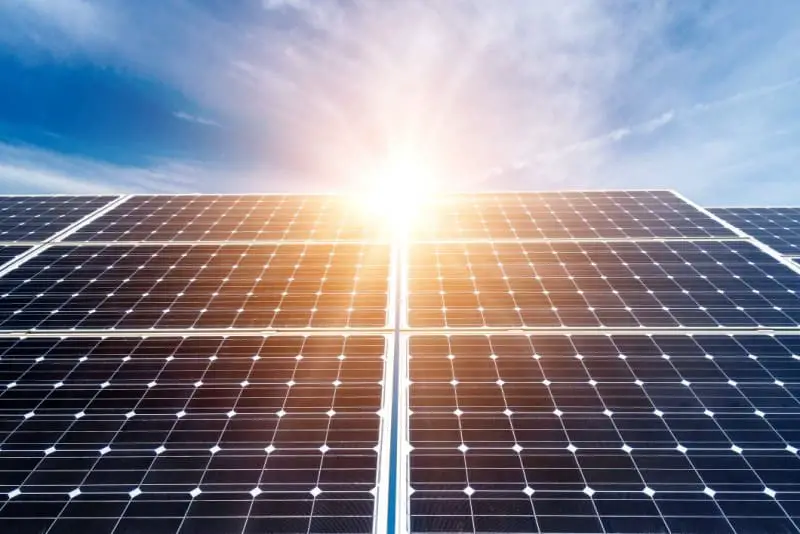However modern solar panels include concentrators which use a system of lenses and mirrors to maximise any light that does reach the cells.
Will outdoor solar panels charge if not in direct sunlight.
Solar panels produce electricity from the photons present in natural daylight rather than from the sunlight itself so panels don t actually need to be installed in direct sunlight to work.
However even if you don t have access to direct sunlight you can still charge your solar lights in other ways.
Last but not least though we can charge solar lights it s not as effective as the sky becomes clear and when there s the sunlight.
Power production is cut by about half.
As a result it is estimated that solar panels will be 40 as effective in cloudy weather.
That means you will still get significant benefits from solar electricity even if your property doesn t offer the perfect environment.
In overcast or winter weather you can easily charge solar lights with indirect sunlight.
Although charging won t be as fast or efficient as on a sunny day solar lights will still be able to harvest energy from the light of the sun.
This may be produced through indirect sunlight think cloudy days or via artificial light sources like incandescent bulbs or led lamps.
The panels will still charge during cloud cover but not as efficiently as on a sunny day.
Well it is the daylight and not sunlight.
All i can say is experiment change the positions and see what happens.
For the prospective homeowner considering solar the next step is to review our.
Heat isn t a factor in how much electricity pv solar panels can generate either so a cool spring day can be as productive if not more than a hot summer day.
Do solar lights need direct sunlight.
They re sensitive enough to convert the slightest light to the electric energy.
It s still possible to charge solar lights even on a cloudy day because we ve got the light receptors.
That light can charge solar lights and solar panels because the solar cells are extremely sensitive to light.
So yes solar lights will charge in the shade but nowhere near as well as in sunlight you are better to have some hours of direct sunlight and complete shade than partial shade for the entire day.
On average a fully charged solar light from eight hours of sunlight will run for about 15 hours.
When clouds cover the sun the systems 039.
Department of energy estimates that in the winter when days are shorter and generally cloudier your lights will operate for a 30 to 50 percent shorter amount of time than in the sunnier seasons 1.
The best way to charge solar lights is with sunlight.
Charge with incandescent light.
Three tips for solar shoppers 1.
So the more sunlight received during the day will directly impact how long the light will stay illuminated at night.
No solar lights do not need direct sunlight to charge.
In a state with strong peak sunlight a panel with lower efficiency will likely do the trick.
By comparison states with fewer peak sunlight hours can be just as ideal for solar panels but will require more efficient solar equipment.
Generally speaking outdoor solar lights charge up by receiving direct sunlight.










